Introduction
Cooking is an art that combines creativity with the science of flavor and nutrition. It allows us to transform simple ingredients into mouthwatering dishes that not only satisfy our taste buds but also nourish our bodies. One such dish that combines the best of both worlds is pork shreds with carrots and cabbage. This hearty meal is packed with essential nutrients, including protein, vitamins, and minerals, making it a perfect choice for a balanced diet. In this article, we will explore how to cook pork shreds with carrots and cabbage, from selecting the right ingredients to mastering the cooking techniques that bring out the best in each component.
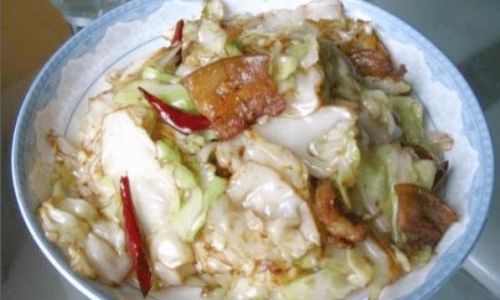
Selecting the Ingredients
Before diving into the cooking process, it’s crucial to choose high-quality ingredients. Here’s a breakdown of what you’ll need and how to select them:
-
Pork Shoulder or Pork Loin: For pork shreds, you’ll want to use a cut that’s tender yet flavorful. Pork shoulder is a great choice because it has a good balance of fat and lean meat, which makes it juicy and flavorful when cooked. Alternatively, pork loin can be used for a leaner option, but it may require a bit more care to prevent drying out.
-
Carrots: Look for carrots that are firm, smooth, and brightly colored. Avoid carrots with cracks, soft spots, or discoloration. Fresh carrots will add a natural sweetness and crunch to the dish.
-
Cabbage: There are several types of cabbage, but for this recipe, green cabbage is the most common. Choose a cabbage head that is firm and heavy for its size, with tight, crisp leaves. Avoid cabbage that has soft spots or is wilting.
-
Aromatics and Seasonings: Garlic, ginger, soy sauce, oyster sauce, sesame oil, salt, and pepper are the essential seasonings and aromatics that will elevate the flavor of the dish. Fresh garlic and ginger should be firm and have a strong aroma.
-
Vegetable Oil: For cooking the pork shreds and vegetables, a neutral-flavored oil like canola or grapeseed oil is ideal.
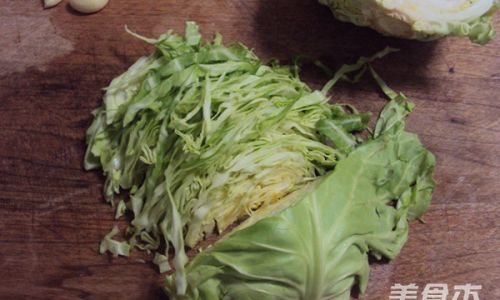
-
Stock or Broth: Chicken or pork stock adds depth and richness to the dish. If you prefer a vegetarian option, vegetable broth works well too.
-
Starch (Optional): A splash of cornstarch slurry can be used to thicken the sauce if you prefer a thicker gravy.
Preparation
Once you have all the ingredients, it’s time to prepare them for cooking. Here’s a step-by-step guide:
-
Slicing the Pork: Begin by slicing the pork shoulder or loin into thin shreds. This can be done using a sharp knife or a meat slicer. Aim for shreds that are about 1/4 inch thick. If the pork is frozen slightly, it can be easier to slice thinly.
-
Marinating the Pork: In a bowl, combine the pork shreds with a few tablespoons of soy sauce, a teaspoon of sesame oil, minced garlic, and grated ginger. Mix well to coat all the shreds evenly. Let the pork marinate for at least 30 minutes to allow the flavors to penetrate.
-
Preparing the Vegetables: While the pork is marinating, peel and slice the carrots into matchsticks or thin rounds. Core and slice the cabbage into bite-sized pieces. You can also finely chop some additional garlic and ginger for cooking.
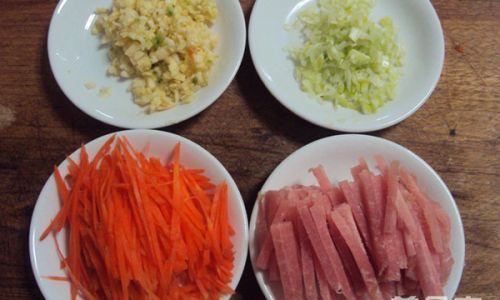
Cooking the Dish
Now that everything is prepared, it’s time to cook the dish. Follow these steps to ensure a delicious result:
-
Heating the Pan: Place a large wok or skillet over medium-high heat and add a couple of tablespoons of vegetable oil. Let the oil heat up until it’s shimmering but not smoking.
-
Cooking the Pork: Once the oil is hot, add the marinated pork shreds, spreading them out in a single layer. Let them cook undisturbed for a minute or two until they begin to brown. Then, stir-fry the pork, turning occasionally, until it’s evenly browned and cooked through, about 5-7 minutes. Remove the pork from the pan and set it aside on a plate.
-
Cooking the Vegetables: In the same pan, add a bit more oil if needed. Add the chopped garlic and ginger, and stir-fry until fragrant, about 30 seconds. Then, add the sliced carrots and stir-fry for 2-3 minutes until they start to soften. Add the cabbage and continue to stir-fry until the vegetables are tender-crisp, about 3-4 minutes more.
-
Combining Ingredients: Return the cooked pork shreds to the pan with the vegetables. Pour in enough stock or broth to cover the ingredients halfway. Add a tablespoon of soy sauce, a tablespoon of oyster sauce, and a pinch of salt and pepper. Stir to combine and let the mixture simmer for a few minutes, allowing the flavors to meld together.
-
Thickening the Sauce (Optional): If you prefer a thicker sauce, mix a teaspoon of cornstarch with a couple of tablespoons of water to form a slurry. Stir the slurry into the simmering mixture and cook for another minute or two until the sauce has thickened to your liking.
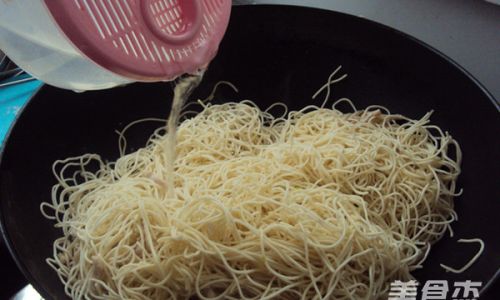
-
Final Touches: Taste the dish and adjust the seasoning with more soy sauce, salt, or pepper if needed. Drizzle a little more sesame oil over the top for added flavor and shine.
Serving and Enjoying
Your pork shreds with carrots and cabbage are now ready to serve. Here are a few tips for serving and enjoying this delicious dish:
-
Accompaniments: Serve the dish over a bed of steamed rice or noodles to soak up the flavorful sauce. You can also pair it with a side of stir-fried greens or a simple salad for a balanced meal.
-
Garnishes: For an extra touch of elegance, garnish the dish with chopped green onions, sesame seeds, or a sprinkle of fresh cilantro.
-
Leftovers: If you have leftovers, store them in an airtight container in the refrigerator for up to 3 days. The flavors will continue to develop, making the dish even more delicious the next day. Reheat gently over low heat, adding a splash of broth or water if needed to loosen the sauce.
Nutritional Benefits
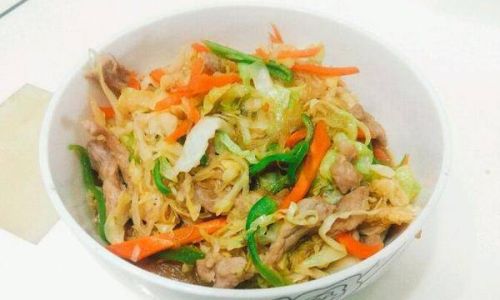
In addition to its delicious flavor, pork shreds with carrots and cabbage offer a range of nutritional benefits:
- Protein: The pork provides a high-quality source of protein, which is essential for muscle repair and growth.
- Vitamins and Minerals: Carrots are rich in beta-carotene, which converts to vitamin A in the body, supporting vision health and immune function. Cabbage is a good source of vitamins K and C, fiber, and antioxidants.
- Healthy Fats: The sesame oil used in the dish contains healthy monounsaturated and polyunsaturated fats, which can help lower cholesterol and reduce inflammation.
- Low in Carbs: With a focus on vegetables and lean protein, this dish is relatively low in carbohydrates, making it suitable for those watching their carb intake.
Conclusion
Cooking pork shreds with carrots and cabbage is a rewarding experience that combines the joy of creating delicious food with the satisfaction of nourishing your body. By following the steps outlined in this article, you can transform simple ingredients into a meal that is both satisfying and nutritious. Whether you’re cooking for yourself, your family, or friends, this dish is sure to impress with its flavor and presentation. So, gather your ingredients, roll up your sleeves, and start cooking—your taste buds will thank you!



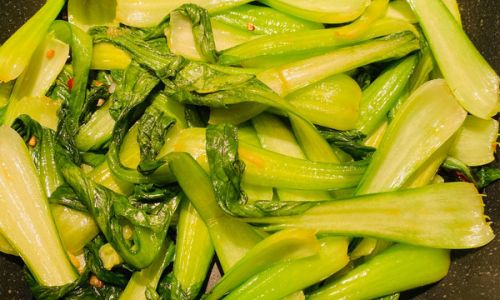

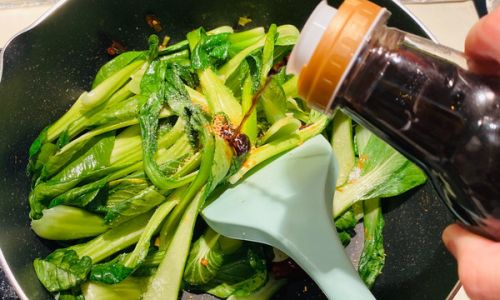
0 comments